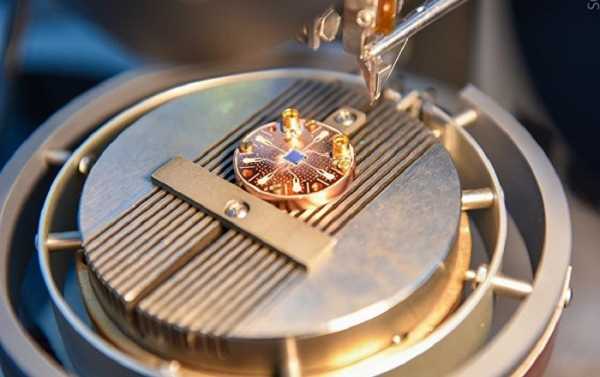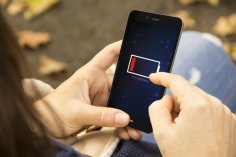
Scientists from the National University MISIS (nust MISIS) and the Russian quantum center has recently created a new qubit based on solid superconducting nanowire instead of traditional Josephson junctions, which are usually obtained by introducing a barrier between two superconductors.
The qubit was created in collaboration with a team of researchers from the Moscow Institute of physics and technology, SKOLKOVO Institute of science and technology, University of London and the national physical laboratory in Teddington (UK), Karlsruhe University and the Institute of Photonic technology (Germany).
Despite the fact that universal quantum computers have not yet been created, the calculation principle, which can be based on allows researchers to solve very difficult problems. For example, some labs use qubits for the simulation of chemical compounds and materials and the recreation of the mechanisms of photosynthesis. That is why it is so important to improve the basic elements of quantum computers, such as the basic computational cells — qubits, as soon as possible.
There are several approaches to creating qubits. For example, researchers have built qubits, operating in the optical range. But they are much harder to build in contrast to superconducting qubits, which operate in the radio frequency spectrum and is based on the so-called Josephson junctions. These compounds are formed by introducing a barrier between two superconductors is a section of the dielectric, which serves as a tunnel for the movement of electrons.
New qubit based on the effect of coherent quantum phase slips controlled periodic disconnection and recovery of superconductivity in very thin (thickness of about 4 nm) nanowires, which typically has a high level of resistance. This project is a leading researcher Oleg Astafiev (head of artificial quantum systems laboratory Moscow Institute of physics and technology and Professor at the University of London and the national physical laboratory, Teddington) was the first to observe this predicted effect in the experiment. This pioneer work it was published in the journal Nature in 2012.
Alexey Ustinov, one of the authors of a new study (the head of the Russian quantum center research group, head of the laboratory of Superconducting Metamaterials nust “MISIS”, Professor of Karlsruhe Institute of technology) explained that scientists also managed to create a new type of superconducting device that is very similar to a SQUID (Superconducting quantum Interference device).
Basically, squid is extremely sensitive magnetometers used to measure weak magnetic fields, which are based on Josephson junctions. But instead of using a magnetic field, the researchers created a disturbance by introducing an electric field that alternates between electric charges in the area between two nanowires. In the device, these wires serve as Josephson junctions, except for the fact that they do not require the creation of barriers and can be made of a single layer of superconducting material.
In this study, scientists were able to prove that this system can operate as an interferometer, said Ustinov. “If we divide the wire into two parts and create the thickening in the center, alternating fees this thickening is possible to achieve a periodic modulation of the tunneling process in magnetic quanta through the wire, what was observed during the research,” the scientist explained.
This is a very important point that proves that we managed to obtain controlled and consistent effect, which can be used to create a new generation of qubit.
Squid technology is already embedded in the manufacture of a wide range of medical scanning devices such as magnetoencephalographs and magnetocardiographs and nuclear magnetic detection device resonance. They have also found application in geophysical and paleogeologic surveying.
Scientists have yet to solve some fundamental problems associated with the study of the principles of the new qubit applications, Professor Ustinov States. But it is clear that they will be learning new qubits with similar or even better functionality. It is also important to note that new qubits are much easier to produce. Perhaps discovered the principle will be used as the basis for the production of a number of elements of superconducting electronics.
Sourse: sputniknews.com






